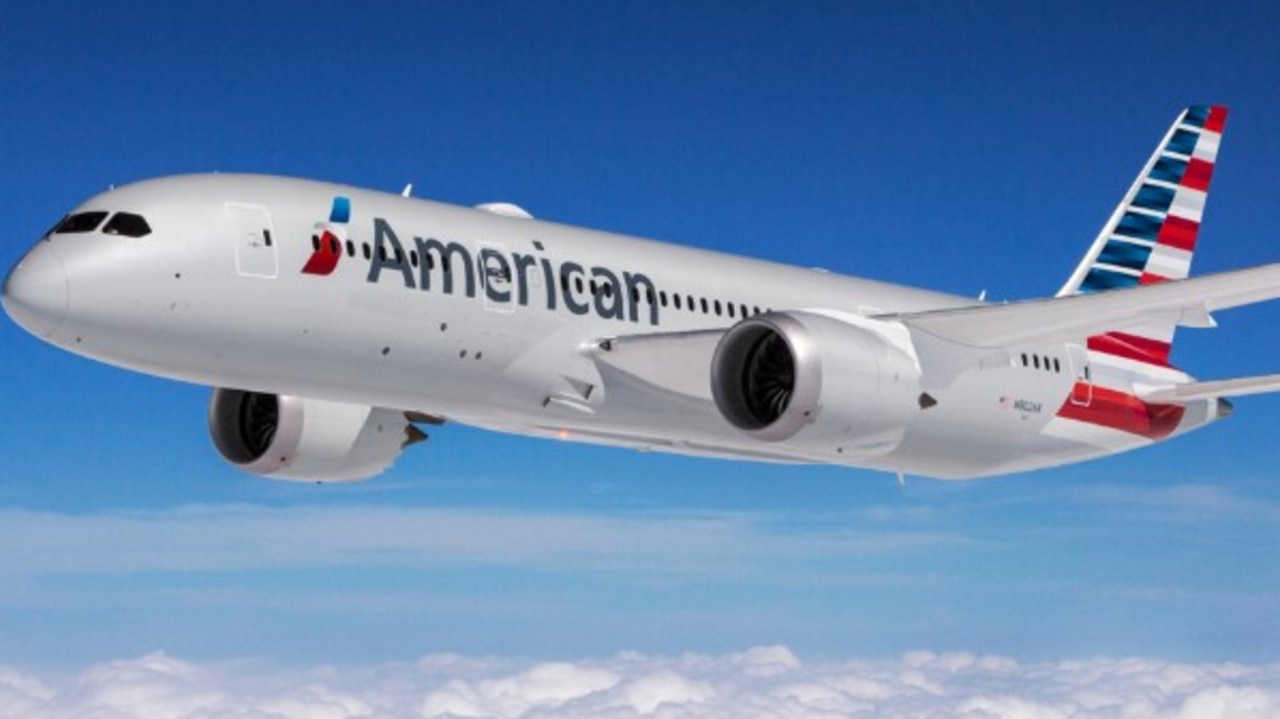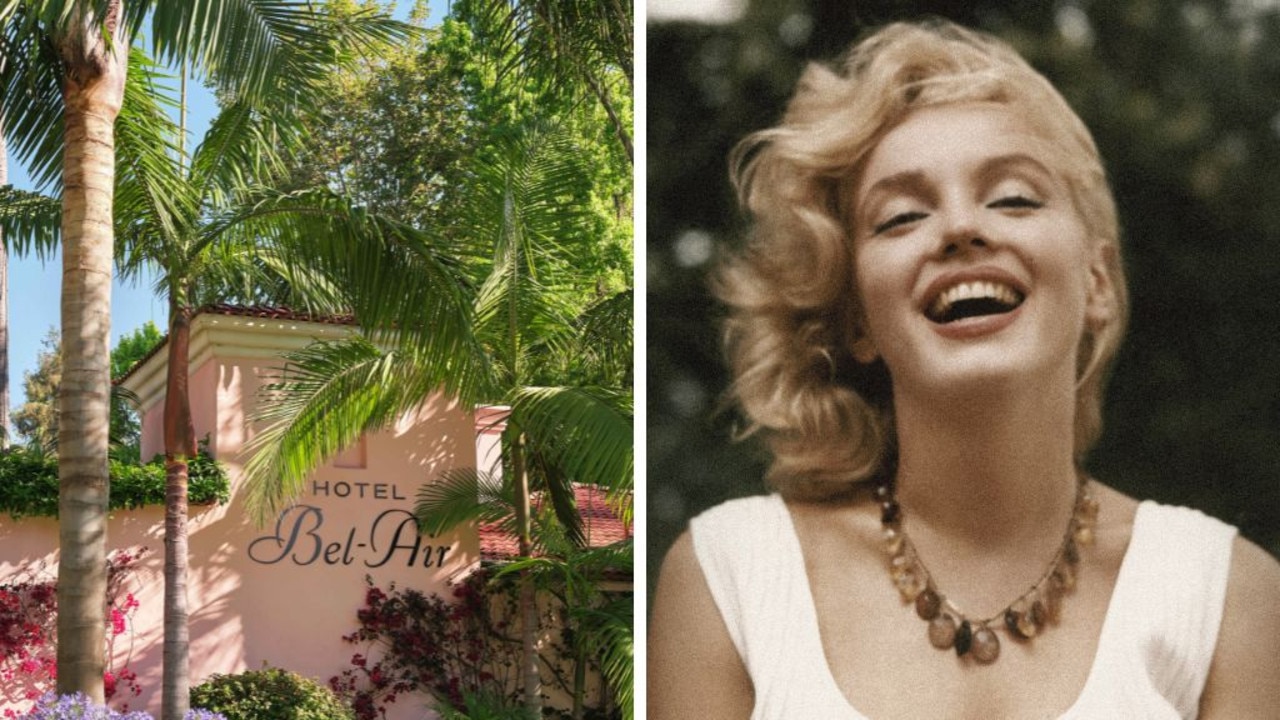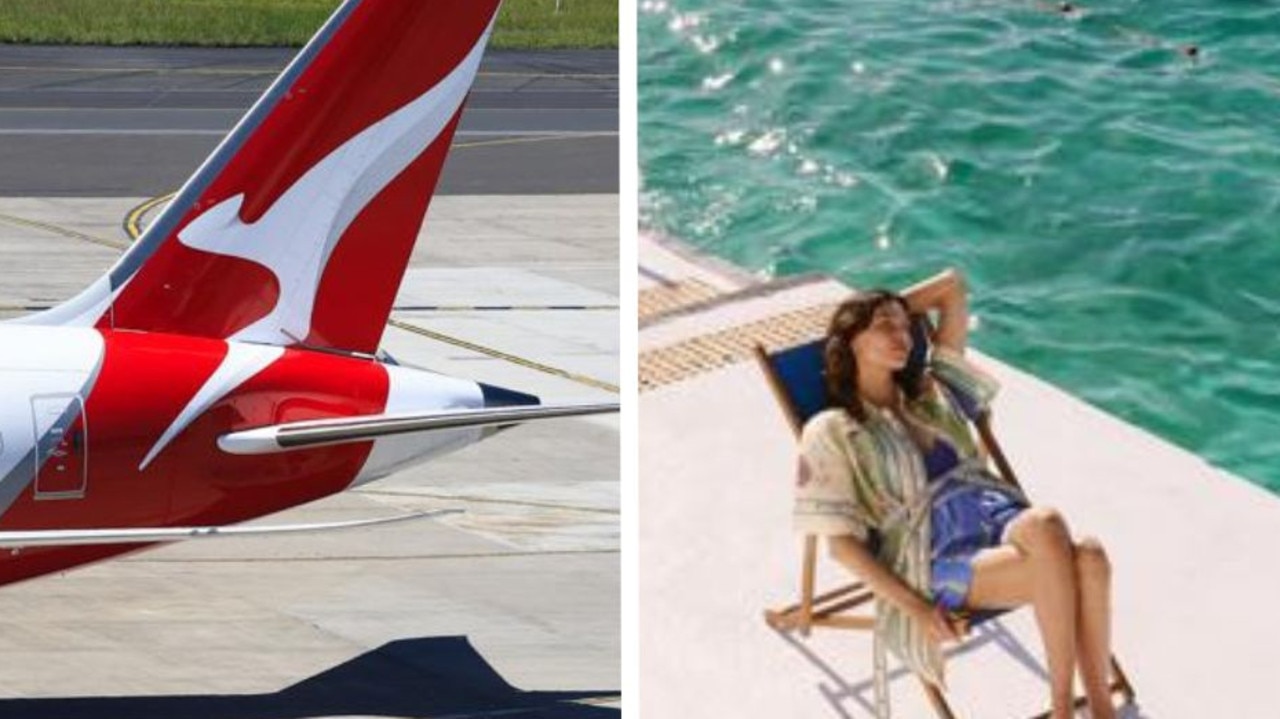Lake Mead, the reservoir formed by the famous Hoover Dam, is drying up. Blame drought and Las Vegas
SEE that white line? That’s where the water should be. These mind-blowing pics show America’s largest man-made reservoir is drying up. Entire cities may soon be uninhabitable.

THESE are the dramatic images of an American icon under siege. Two icons, in fact. Actually, you know what? Let’s make that three icons.
Icon one is Lake Mead, America’s largest man-made reservoir (when full), which sits behind the Hoover Dam, a 1930s depression era architectural megaproject which was then the largest dam ever built. Sadly, Lake Mead hasn’t been anywhere near full since 1983 and is now below 40 per cent capacity as the American southwest’s 14-year drought tightens its grip.

Icon Two is Las Vegas, the desert city which depends on nearby Lake Mead for more than 90 per cent of its water. Vegas is in danger of running completely out of water in years to come. The very existence of this city of 2 million residents — with its water-guzzling casinos, megaresorts golf courses and suburbs with manicured gardens — is under severe threat.

Icon three is not a monument but the very notion of American rights. Many Americans tend to view water as a boundless resource to do with as they please. Their attitude to the precious liquid is a little like the way they view guns. Remove their right to showers and green lawns and you mess with their very freedoms.

Urban Americans in particular are a long way behind Australians in understanding the concept of water restrictions in time of drought. Over here we get it. You stop watering your lawn, hosing down paths, washing the car with a hose and so on. We all pitch in.

Over there, despite water restrictions coming into effect for the first time ever in California, you can still actually get in trouble for FAILING to water your lawn. A couple in the outer Los Angeles suburb of Glendale recently received a letter from their local municipal authority warning them they’d face a fine if they didn’t attend to their parched lawn, which they’d deliberately let brown off to save water.

“Despite the water conservation efforts, we wish to remind you that limited watering is still required to keep landscaping looking healthy and green,” the letter read. Reuters reported that the couple were given 60 days to restore the lawn to a state of lushness or cop a fine of up to $500.

Back on Lake Mead, things are grim. Marinas have closed, boat ramps and fish-cleaning huts are way above the waterline, while islands are appearing where once there was water.

The walls of the steep-sided reservoir are white with mineral deposits, revealing the incredible height the water reached in the long forgotten good years. Locals call it the “bathtub ring”.

As more and more water is sucked away by the dry desert air and thirsty Nevadans, the water level on the lake on the border of Arizona and Nevada continues to drop.

Las Vegas water authorities will soon complete an $800 million project dubbed “the third straw”, which will provide a newer, deeper outlet to suck water away into the pipelines in the likely event the lake drops even further.

To be fair to the residents of Las Vegas, the city is also not the only drain on Lake Mead. Aqueducts to Arizona and California also drain much water from Lake Mead. There is also a strong trend in Las Vegas towards “xeriscaping”, which means garden landscaping with rocks and desert shrubs and no irrigation water.
Not all Americans are water guzzlers who are unaware of water as a finite resource. That said, the question still remains. Will the so-called “third straw” be the last straw for Las Vegas?



